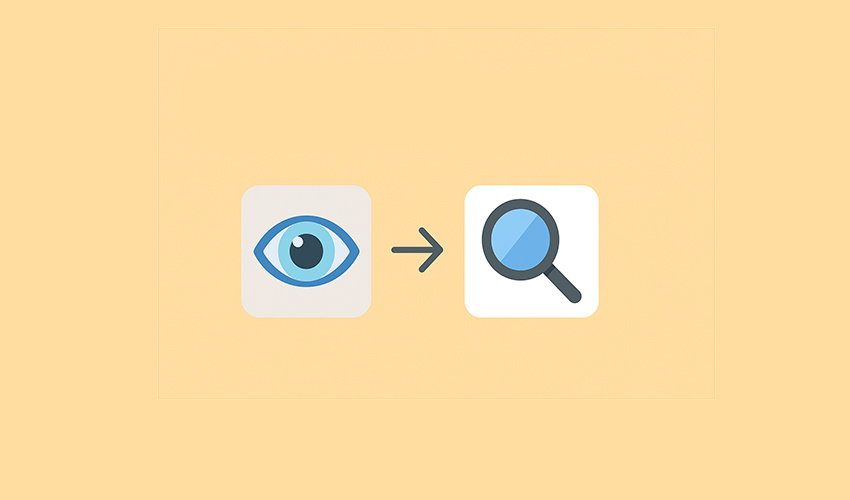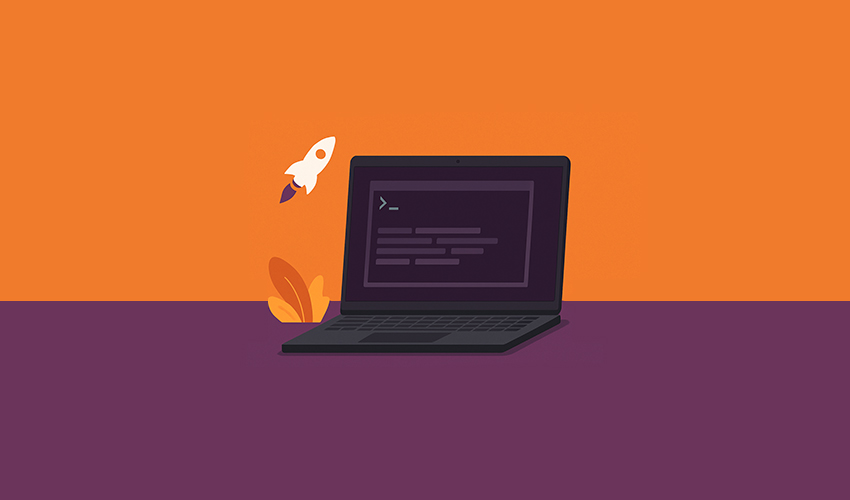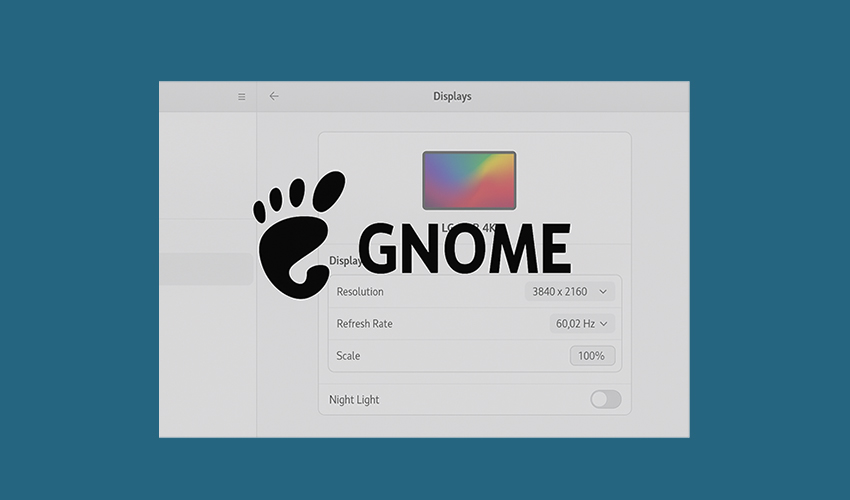DietPi 9.16 Brings Debian Trixie Compatibility, Early Forky Support



When Red Hat announced the abrupt end of traditional CentOS in late 2020, the Linux ecosystem was shaken to its core. Developers, sysadmins, and enterprises that relied on CentOS for years suddenly found themselves scrambling for answers. Out of that disruption, two projects, AlmaLinux and Rocky Linux, emerged to carry forward the legacy of CentOS while forging their own identities. This article dives into how these two distributions established themselves as reliable, enterprise-grade options for developers and organizations alike.
For over a decade, CentOS was the backbone of countless servers, from small web hosts to enterprise data centers. It provided a stable, free, and RHEL-compatible platform, perfect for developers and administrators building and maintaining critical infrastructure.
That stability came to an end when Red Hat pivoted CentOS to a rolling-release model, CentOS Stream. Instead of offering a downstream, binary-compatible version of RHEL, Stream became a preview of future RHEL updates. This move caused widespread frustration:
Organizations that built production environments around CentOS suddenly faced shortened support lifecycles.
Developers who depended on a “set-and-forget” environment now had to deal with the unpredictability of a rolling release.
Compliance-driven industries were left in limbo, as running on an unsupported OS could trigger security and regulatory risks.
This disruption created a vacuum, and the Linux community quickly stepped up to fill it.
Shortly after the CentOS announcement, CloudLinux, a company with deep experience in server environments, launched AlmaLinux. The first stable release landed in March 2021. True to its name, “alma” meaning “soul”, the project’s mission was clear: to embody the spirit of CentOS while maintaining community governance. The non-profit AlmaLinux OS Foundation now oversees the project, ensuring it remains free and open for everyone.
Rocky Linux: A Tribute and a PromiseAt almost the same time, Gregory Kurtzer, one of the original CentOS founders, unveiled Rocky Linux, named in honor of CentOS co-founder Rocky McGaugh. From the beginning, Rocky positioned itself as a 1:1 binary-compatible rebuild of RHEL, mirroring CentOS’s original mission. Its governance structure, managed by the Rocky Enterprise Software Foundation (RESF), ensures that the project remains rooted in community oversight rather than corporate ownership.

For over two decades, Eye of GNOME (often shortened to EOG) was the silent workhorse of the GNOME desktop environment. It wasn’t flashy, but it did exactly what most people expected: double-click a picture, and it opened instantly. Yet, with the arrival of GNOME 45 in late 2023, a new name appeared in the lineup of “core” apps: Loupe. From that moment forward, Loupe became the official default image viewer on GNOME desktops, displacing EOG.
This decision wasn’t made lightly. GNOME has been steadily refreshing its default applications in recent years, Gedit was replaced by GNOME Text Editor, and Cheese gave way to Snapshot. Loupe is the continuation of this modernization trend. Eye of GNOME is still available in repositories for those who want it, but the GNOME team has shifted its endorsement to Loupe as the better long-term solution.
Loupe isn’t just a reskin of EOG. It was built from scratch with today’s hardware, design standards, and security expectations in mind. At first glance, the interface looks minimal, but there’s more happening beneath the hood than many realize.
Rust-Powered Foundation – Unlike Eye of GNOME’s decades-old C codebase, Loupe is written in Rust. This choice immediately grants it memory safety, helping avoid whole categories of crashes and vulnerabilities. For an app that regularly opens untrusted files, this is an important safeguard.
GPU-Accelerated Image Handling – Instead of pushing all rendering to the CPU, Loupe leverages the GPU. Panning across a large image or zooming into a 50-megapixel photo feels fluid, even on high-resolution displays.
Touch-Friendly Navigation – GNOME has been preparing for a future that includes more touch devices. Loupe fits right in, supporting pinch-to-zoom, two-finger swipes to move between images, and smooth transitions that feel natural on both touchscreens and trackpads.
Streamlined Metadata View – Instead of burying photo information behind a separate dialog, Loupe integrates an optional sidebar. With a click, you can see dimensions, file size, EXIF data, and even location details without leaving the main view.
Security Through Sandboxing – Image decoding is handled in isolated processes using a new backend called Glycin. If a corrupt or malicious image tries to crash the decoder, it won’t take the entire viewer down with it.

For decades, the humble terminal has been one of the most unchanging parts of the Linux desktop. Text streams flow in monochrome grids, and while the underlying libraries have evolved, the experience has remained more or less the same. Ubuntu, however, is preparing to rewrite this narrative. The distribution is adopting Ptyxis, a fresh terminal emulator designed for modern computing, and one of its standout qualities is that it leans on the GPU for rendering rather than relying solely on the CPU.
This shift is more than cosmetic. It represents a rethink of how command-line tools should perform in an era of container-heavy development, high-DPI displays, and demanding workloads. Let’s unpack what makes Ptyxis a different breed of terminal, why Ubuntu is betting on it, and what it means for everyday users and power developers alike.
Ptyxis is not an accidental side project. It was initially prototyped under the name GNOME Prompt by Christian Hergert, a well-known GNOME contributor also behind GNOME Builder. Early experiments showed there was space for a terminal designed from scratch with today’s GNOME ecosystem and GPU pipelines in mind.
To avoid conflicts with existing software, the project was later rebranded as Ptyxis. The application has since matured rapidly, and major distributions such as Fedora and Ubuntu have committed to it. Ubuntu introduced it in experimental form in 24.10, and by the upcoming Ubuntu 25.10 “Questing Quokka”, it is expected to replace the aging GNOME Terminal as the default choice.
Traditional terminals typically rely on CPU-bound rendering stacks, often through libraries like Cairo and Pango. This works fine until you throw thousands of lines of log output or try to run full-screen text-based UIs that push rendering to its limits. Ptyxis sidesteps these bottlenecks by shifting the drawing work to the graphics processor, taking advantage of Vulkan or OpenGL backends supplied by GTK4.
The result is immediately noticeable: smooth scrolling, responsive updates, and consistent performance even with massive amounts of text on screen. It’s not just about speed, either, offloading rendering to the GPU reduces CPU strain, leaving headroom for the processes you’re actually running.

For most of the last decade, talk about Wayland on KDE sounded like a promise: stronger security, modern graphics, fewer legacy foot‑guns, once the pieces land. With Plasma 6, those pieces finally clicked into place. Plasma 6.1 delivered two changes that go straight to how frames hit your screen, explicit synchronization and smarter buffering, while 6.2 followed with color‑management and HDR work that makes creators and gamers care. Together, they turn “Wayland someday” into a desktop you can log into today without caveats.
On X11/older Wayland setups, graphics drivers and compositors often assumed when work finished (“implicit sync”), which is fine until it isn’t, especially on NVIDIA, where that guesswork frequently produced flicker or glitches. Plasma 6.1’s Wayland session speaks the explicit sync protocol instead. Now the compositor and apps exchange fences that say “this frame is done,” reducing visual artifacts and making delivery predictable. If you run the proprietary NVIDIA driver, this is the change you’ve been waiting for: NVIDIA added explicit‑sync support in the 555 series, and XWayland 24.1 gained matching support so many games and legacy X11 apps benefit as well.
What you’ll notice: fewer one‑off hitches, less tearing in XWayland content, and a general sense that motion is “locked in” rather than tentative, particularly with the 555.58+ drivers.
Dynamic triple buffering: fewer “missed the train” stuttersTraditional double buffering is cruel: miss a vblank by a hair and your framerate can fall in half. KWin 6.1 added triple buffering that only kicks in when the compositor predicts a frame won’t make the next refresh, letting another frame be “in flight” without permanently increasing latency. One of KWin’s core developers outlined how it activates selectively, tries not to add avoidable lag, and works regardless of GPU vendor. It sounds simple; it feels like the end of random judder during heavy scenes.
VRR/Adaptive‑Sync polishVariable refresh is no longer a roulette wheel. KDE’s devs chased down stutter/flicker under Adaptive‑Sync, and those fixes landed in the same timeframe as Plasma 6.1. If your monitor supports FreeSync/G‑Sync Compatible and the GPU stack is sane, frame pacing is noticeably calmer.

With the arrival of GNOME 48, the desktop experience steps into a refreshing new era, blending clarity, visual richness, and adaptability. This release unfolds a more intuitive configuration interface, native HDR capability, and finer-grained display scaling. Whether you’re streaming, tweaking your workspace, or simply glancing over your notifications, GNOME 48 brings you improvements that feel both modern and meaningful, crafted to feel like they were made for real people doing real tasks.
GNOME 48’s Settings app has shed its former rigidity and stepped into a role that feels inviting and efficient. Never again will you wade through scattered sections, options are now neatly grouped, and the design flow intuitively matches how your mind works. Menus anticipate your focus, search responds predictably, and the overall layout whispers, “you’re in control.”
Assistive Features Front and CenterAccessibility isn’t an afterthought anymore, it’s central. Icons are clearer, toggles are easier to reach, and each label reads like someone actually sat down to ask, “How can we make this tool-friendly for everyone?” GNOME 48 puts inclusivity on full display, ensuring that those who rely on adaptive tech never need to dig for solutions.
Tighter System SynergyGone are the days when Wi-Fi, sound levels, or power settings felt tucked away. These essentials now respond faster, with less visual fuss and more behind-the-scenes connection to smarter system logic. It’s the kind of integration where you flick a switch and everything else falls into harmony.
Forget washed-out colors or muddled shades, GNOME 48 steps up with HDR rendering, delivering brightness, depth, and contrast that bring your display to life. Darker shadows, gleaming highlights, sumptuous gradients, HDR transforms ordinary visuals into something cinematic. It’s not just eye candy; it's more faithful media, smoother workflows, and next-level artistic clarity.
What You’ll Need to ShineThis full-color upgrade doesn’t work across all drift of hardware, but it does mesh well with modern, HDR-capable monitors and compatible GPU drivers accelerating through Wayland. GNOME 48 ensures things just click when your stack supports it, activating the richer palette whenever your display and graphics card are game.